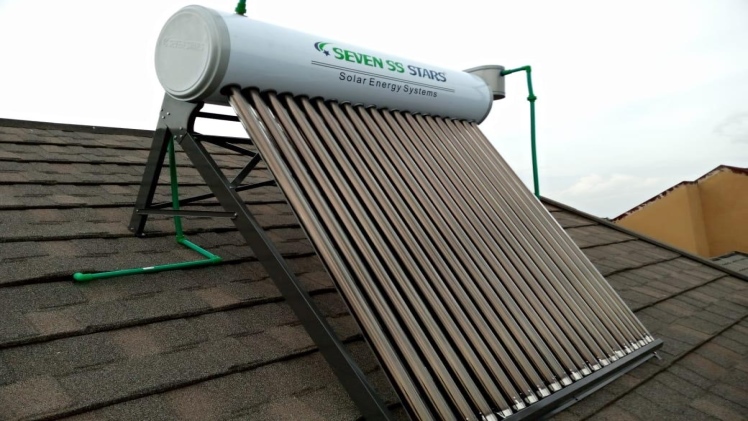Solar water heaters are thermal collectors that heat water by use of sunlight. They come in different forms to suit several environmental conditions. This article will examine the advantages and disadvantages of non-pressurized versus pressurized solar water heating devices.
If you hail from a cold area and have to shower every morning before heading to work, cold water is not the first problem you want to tackle. All you need is warm water to kick start your cold morning and give you that feeling of luxury, hence solar water heating devices. This appliance in our homes makes our days worthwhile.
In addition, solar energy use is gaining notoriety since it is safe, continuous, and relatively cheaper to acquire and maintain. Let us shift our attention to the two types of solar water heaters.
Non-pressurized solar water system
From the name, this type of solar water heater’s vacuum collector and the water tank is sealed by a rubber ring since they cannot withstand pressure. The non-pressure water shutdown makes it highly efficient and prolongs the service life.
The tank on the roof gets fed by water from the water tower. It then proceeds to the evacuated glass tubes, which are exposed to the sun for heating. This system works well with shower pumps.
Advantages
The low-pressure feature makes it have a longer shelf life than the pressurized solar water heater. This ensures it is preferred because it fits well into many budgets when everyone is about giving every penny a job.
It functions without external power sources such as pumps. Pumps are an extra cost and extra work, and most require fuel or electricity to run them. Well, that’s not the case for the non pressurized solar water heater, which performs its functions without pumps aiding them.
It is relatively cheaper to acquire and maintain than the pressurized counterpart. The simplicity of this appliance affects its cost in the right way to accommodate consumers’ wishes.
It is more energy efficient, effectively converting sunlight to heat
Disadvantage
It has to be put above the water outlets; otherwise, the water pressure will be low.
Pressurized solar water system
This solar heater has an enclosed heating unit consisting of copper tubes indirectly connected to the tank. The phase change thermal conductivity collector comprises a vacuum tube, a phase change heat pipe, and a water tank. It withstands pressure because of the absence of any liquid in the vacuum pipe.
This system contains evacuated tubes as well as heat pipes which absorb solar energy transforming it to heat energy used in the water heating process. This pump has a constant flow of hot water owing to the closed loop and circulation pumps which constantly pumps water through the solar collectors.
Advantages
- The pressure can be very high, ensuring one-of-a-kind showers.
- It is highly compatible with installed water pumps.
- The collectors can be situated in other accessible spots and not necessarily on rooftops.
- The pressure allows for using existing storage tanks, which can be adjusted appropriately to the new system. This can help cut costs.
Conclusion
Discussed above are all about water heaters to guide consumers on what will work best for them.

